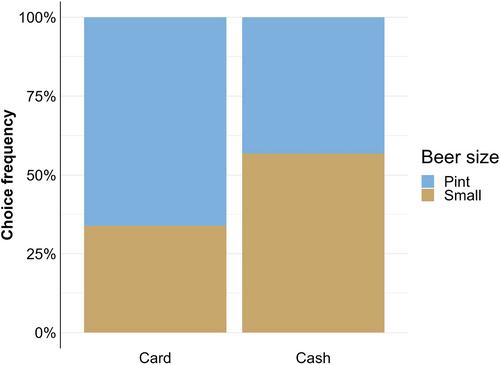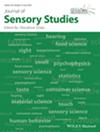Cash—Walk the line: Examining the impact of payment method on consumers' beer choices
Abstract
Previous research has revealed that consumers spend less (more) money when paying through cash (credit card). This effect has been attributed to the pain of paying, which is higher (lower) in the case of cash (credit card) payments. We tested the pain-of-paying phenomenon at a bar and collected objective data on almost 1000 beer transactions, including information about the size of the beer consumed (small vs. large), the price paid per beer, the style of the beer, and consumers' payment method (cash vs. credit card). Consumers paying with cash (vs. credit card) spent less money per beer and were less inclined to choose large (vs. small) beers, with the payment method effect on money spent mediated by the size of the purchased beer. Moreover, those paying with cash (vs. credit card) were more inclined to choose dark beers, whereas their probability of purchasing India Pale Ales (IPAs) was directionally lower.
Practical Applications
Given our findings that payment method seems to influence alcohol consumption, these results should have important implications for bar and restaurant managers as well as for interventions aimed at mitigating consumer overspending on alcoholic beverages. Specifically, our findings align with research suggesting that card payments promote less healthy and more impulsive choices than cash payments. Excessive alcohol consumption is associated with numerous psychophysiological problems, whereas developing social ties, which is common among craft beer enthusiasts, reduces stress levels and improves mental health. Therefore, a reasonable compromise seems to be that policymakers recommend cash payments for alcoholic beverages to maximize social network development while minimizing the risk of excessive alcohol consumption. The result that consumers who paid with cash (vs. credit card) were more prone to purchase dark beers but slightly less likely to buy IPAs warrants further investigation.


 求助内容:
求助内容: 应助结果提醒方式:
应助结果提醒方式:


